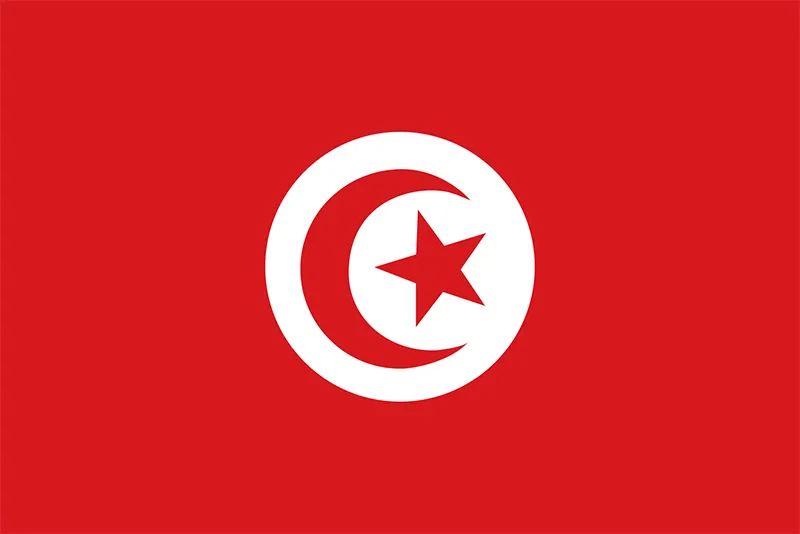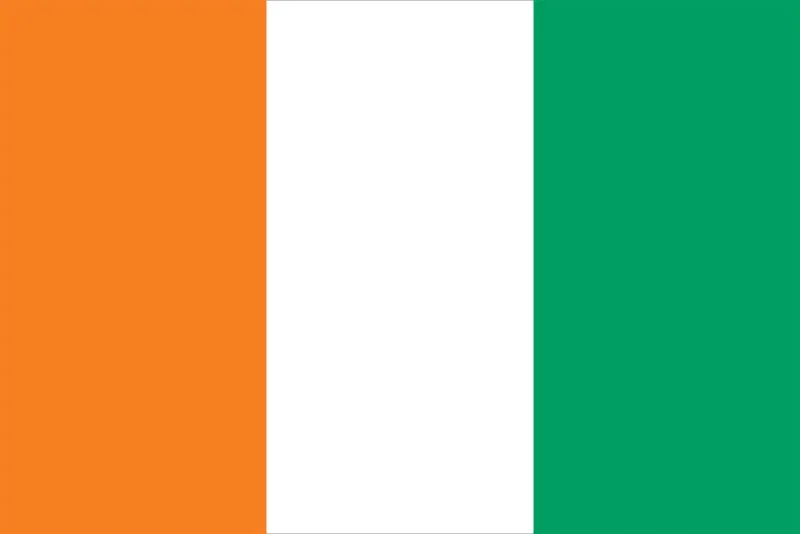Monetary policy is one of the macroeconomic policies for managing the economy. It refers to the combination of measures that are designed to regulate the supply, value, and cost of money in consonance with the level of economic activity.
There are several strategies that can be deployed in the conduct and evaluation of monetary policy, notable among them are monetary targeting, GDP targeting, inflation targeting, exchange rate targeting and so on.
Inflation targeting is a relatively new strategy that has gained acceptance based on its ability to achieve macroeconomic goals, majorly low inflation, and sustainable output growth, in a more consistent and disciplined manner.
The Central Bank of Nigeria (CBN) in 2009 announced its plans to transit to this framework from its current framework, monetary targeting. Twelve years after this announcement, the country is yet to provide a transition framework that will enable it to achieve its key macro-economics objectives of attaining of low and stable inflation and the promotion of economic growth and employment.
Amidst this 12-year hiatus, the macroeconomic situation is more challenging now than in 2015-2016, when oil prices fell sharply, and Nigeria experienced its first recession in 25 years. In the current economic situation, Nigeria has fewer buffers and policy instruments to cushion adverse effects. The Excess Crude Account is depleted, external reserves are highly reliant on short-term flows, and policy uncertainties continue to affect investor confidence. Before the 2016 recession, Nigeria’s economy was growing fast at 6.3%. By contrast, before COVID-19 struck, the economy was growing at 2.2%. Inflation was in single digits in 2014, compared to about 17.75% in 2021. The general government fiscal deficit was about 6.1% of GDP in Q1 2021, compared to 1.8% in 2014 which is well above the estimated budget deficit of 3.9% of the GDP in 2021.
In addition, unemployment in Africa’s largest economy surged to 33.3% in the three months to December 2020, up from 27.1% in Q2 2020. One in three of the 69.7 million-strong labor force in Nigeria either did nothing or worked for less than 20 hours a week, making them unemployed, according to the Nigerian definition of unemployment. Another 15.9 million worked less than 40 hours a week, making them underemployed.
Nigeria’s unemployment rate has more than quadrupled over the last five years as the economy went through two recessions, casting a shadow over the efforts to implement policies to drive growth and create jobs by the current administration.
It is against the backdrop of the country’s dwindling economic fortunes that it is now pertinent for the CBN to accelerate the transition and adoption of inflation targeting as the key anchor of its monetary policy management, in addition to the need for the harmonization of fiscal and monetary policies to steer the economy out of its “stormy waters”.
There have also been empirical studies which shows that the current monetary policy framework (monetary targeting) no longer delivers satisfactory results since the theoretical underpinnings of the relationship between monetary aggregates and the money multiplier have become unclear (Mbutor,2008). Also, the observed instability in money multiplier has also contributed to the failed attempts at set targets (Mbutor, 2008).
Inflation targeting is a monetary policy strategy where a Central bank follows an explicit target for inflation rate for the medium-term and announces this inflation target to the public. This monetary policy strategy is based on the premise that the best that monetary policy can do to support long term growth of the economy is to maintain price stability, and price stability is achieved by controlling inflation. The central bank uses interest rates, as its main short-term monetary instrument.
What distinguishes inflation targeting from other ways of controlling inflation is that the adjustment of policy instruments relies on a systematic assessment of future (rather than past or current) inflation and not on an arbitrary assumption about future inflation. Inflation targeting requires that monetary authorities explicitly specify the inflation target and establish precise institutional arrangements to reach this target. Several developed and developing economies, including South Africa and Ghana have adopted this strategy for monetary policy management.
The benefits of transiting to and adopting an inflation targeting policy framework in Nigeria includes but not limited to:
- It enables the identification of a forward-looking and quantifiable target upon which policy decisions are based. Since economic units essentially develop expectations for the future, inflation targeting is a more realistic guide to the monetary authorities and the entire public alike, on the desired path of economic developments.
- The announcement of the set goals to the public elicits a reasonable measure of commitment from monetary policy operators (CBN). Central bankers are aware that public knowledge about the set targets constitutes a benchmark upon which the effectiveness of policy is gauged. Therefore, inflation targeting will generally, more than any other framework command credibility for the CBN among the public.
- It is easier for the public to understand the explicit announcement of inflation targets than the growth rate of monetary aggregates.
- Given that the costs of inflation arise not only from its level but also from its variability, explicit inflation targets, by reducing uncertainty about the future course of inflation, improves savings and investment decisions, thus enhancing overall productivity.
- A well-conceived and well executed strategy of inflation targeting can achieve good results as regards output and employment as well as inflation. This renders the academic conception false, that inflation targeting focuses exclusively on control of inflation and ignores output and employment objectives. Given the different types of inflation targeting regime that exists, the CBN can adopt an Inflation
Targeting Lite which is a transitional regime during which the authorities implement the structural reforms needed for the credible adoption of a single nominal anchor after which it can now go for a full-fledged regime. More satisfying is the fact that countries practicing this regime are also able to achieve their various macroeconomic objectives without necessarily satisfying the full preconditions of adoption.
Author: Azeez Ajiboye, Financial Reporting Associate, Mixta Africa











